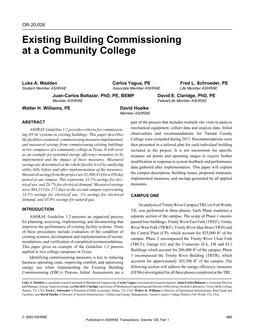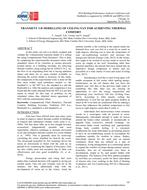This paper discusses the implementation of some of the new energy-saving control methodologies in new or existing structures has developed some startling and unexpected results. These results may or may not have been predictable, but in the final analysis the original expectations were not always achieved. Sometimes we implement changes to system and controls without fully understanding how the particular changes will affect the entire structure. Also, in our attempt to maximize energy savings, we tend to apply equipment and controls before they have been fully tested and evaluated. This is not to say that energy saving is not possible by utilizing these devices, but rather it indicates that a better understanding of the driving forces and their control is essential.
Many new techniques are being used today to save energy: Devices such as dead bandthermostats, optimization controls, daylighting, light switching on solar intensity,optimization of drape drawing, variable thermal properties of building elements, fixedand variable mass, optimizing air flow and a whole host of new mechanical systems andccmponents. It is no wonder that traditional rules established in the past are inadequateto deal with these new concepts. The dead band thermostat alone has changed allof the ground rules, and when coupled with other energy-conserving devices, it hascompletely invalidated all known simple standards.
Citation: Symposium, ASHRAE Transactions, Volume 87, Part 1, Chicago, Illinois
Product Details
- Published:
- 1981
- Number of Pages:
- 5
- File Size:
- 1 file , 420 KB
- Product Code(s):
- D-CH-81-11-1


